Fun Facts About Animals
 Minitreks. io
Minitreks. io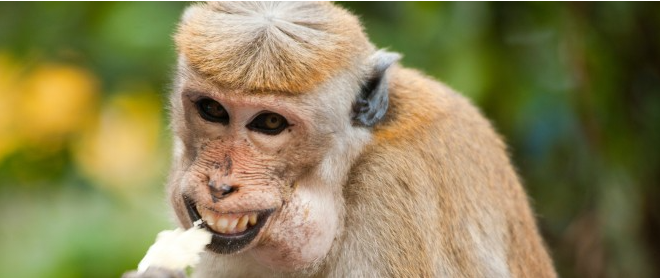
The Mayfly is the shortest-lived animal in the world, with a lifespan of 24 hours
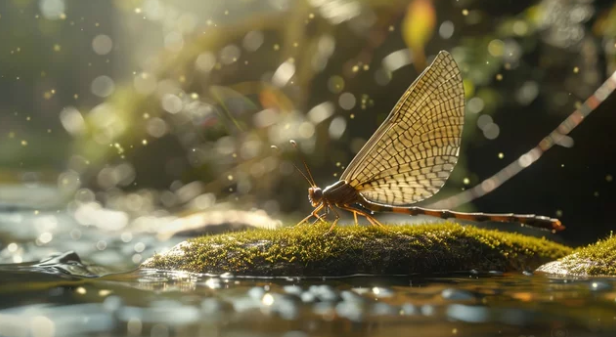
The Mayfly, known for having the shortest adult lifespan in the animal kingdom, reproduces and then dies within just 24 hours. However, some species live even shorter lives, surviving only 8 to 10 hours as adults. Despite this brief adult stage, Mayflies spend the majority of their lives in the water as nymphs, with this phase lasting anywhere from 3 to 7 years, depending on the species
The pangolin can curl into an armoured ball, protecting it from lions.
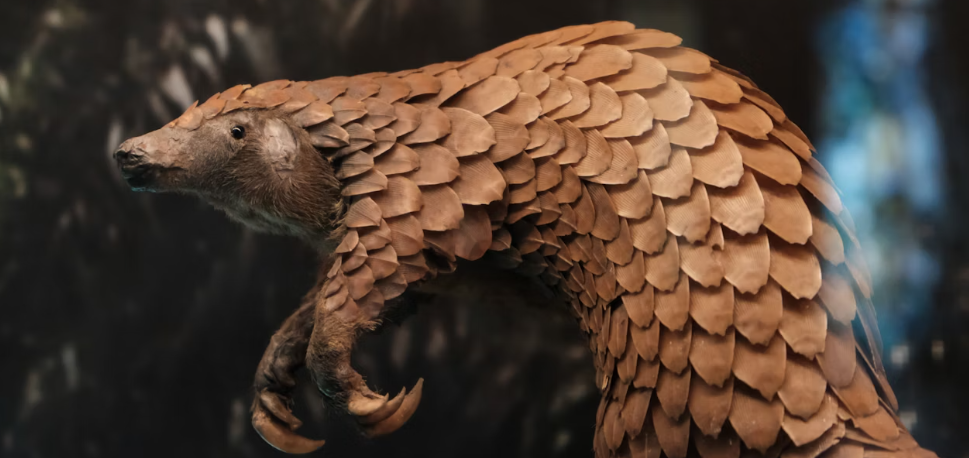
The pangolin is equipped with tough, overlapping scales made of keratin, the same material as human nails and hair. When threatened by predators such as lions, it defends itself by rolling into a tight ball, using its scales as a form of armour. The scales are extremely hard and sharp, providing a nearly impenetrable defence. Even large predators like lions struggle to bite or claw through this natural protection. Additionally, when curled up, the pangolin tucks its vulnerable head and soft belly inside, leaving only its armoured exterior exposed. This defence mechanism makes it one of the most effective protections in the animal world, keeping the pangolin safe from many natural predators.
Koalas can sleep for 22 hours a day.
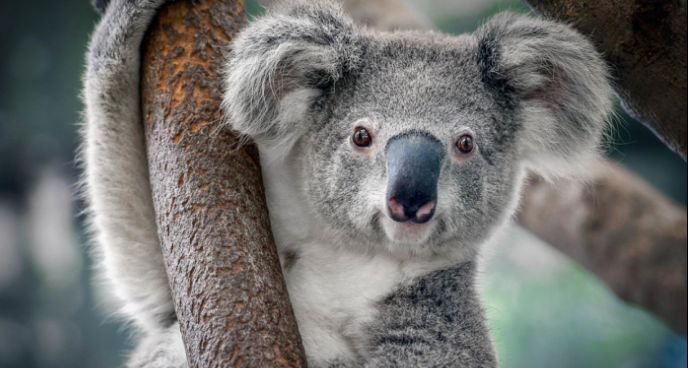
Koalas can sleep for up to 22 hours a day due to their low-energy diet and slow metabolism. They primarily feed on eucalyptus leaves, which are tough, fibrous, and low in nutrients. Digesting these leaves takes a lot of energy yet provides minimal nutrition. As a result, koalas conserve their energy by resting for long periods. Additionally, eucalyptus contains toxins, which koalas can detoxify thanks to their specialised digestive system, but this process is slow and energy-intensive. By sleeping most of the day, koalas minimise movement, which helps them survive on such a nutrient-poor diet. They spend their waking hours mainly eating and occasionally grooming or moving to another tree
A cockroach can survive for several weeks without a head
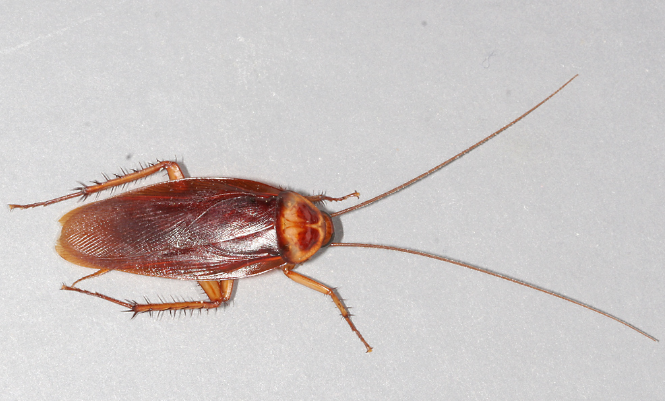
Cockroaches can live for weeks without their heads due to their unique physiology. Unlike humans, cockroaches don’t rely on their heads to breathe because they use small openings called spiracles located along the sides of their bodies to take in oxygen. Their circulatory system is also quite simple; they don't have blood pressure like humans, so the loss of the head doesn’t result in fatal bleeding. Additionally, cockroaches have a decentralised nervous system, meaning many functions are controlled by nerve ganglia spread throughout their body, allowing them to continue moving and responding to stimuli without a brain. They eventually die from dehydration because they are unable to drink water without a mouth.
An ostrich's powerful kick can kill a lion.
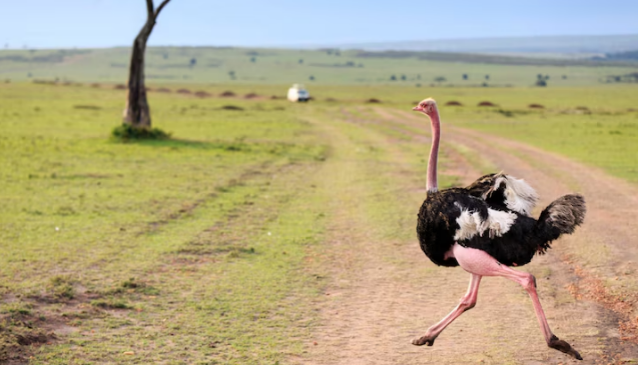
An ostrich has incredibly strong legs capable of delivering powerful kicks that can kill a lion. These muscular legs allow the bird to run at speeds of up to 45 miles per hour (72 kilometres per hour) and generate a force of over 2,000 pounds (about 900 kilogrammes) with each kick. When threatened, ostriches can strike predators like lions with precision, targeting vulnerable areas. Their thick leg bones and well-developed muscles enhance their kicking ability, making them formidable defenders despite being flightless. This impressive defence mechanism effectively deters potential threats in the wild.
Subscribe to my newsletter
Read articles from Minitreks. io directly inside your inbox. Subscribe to the newsletter, and don't miss out.
Written by
